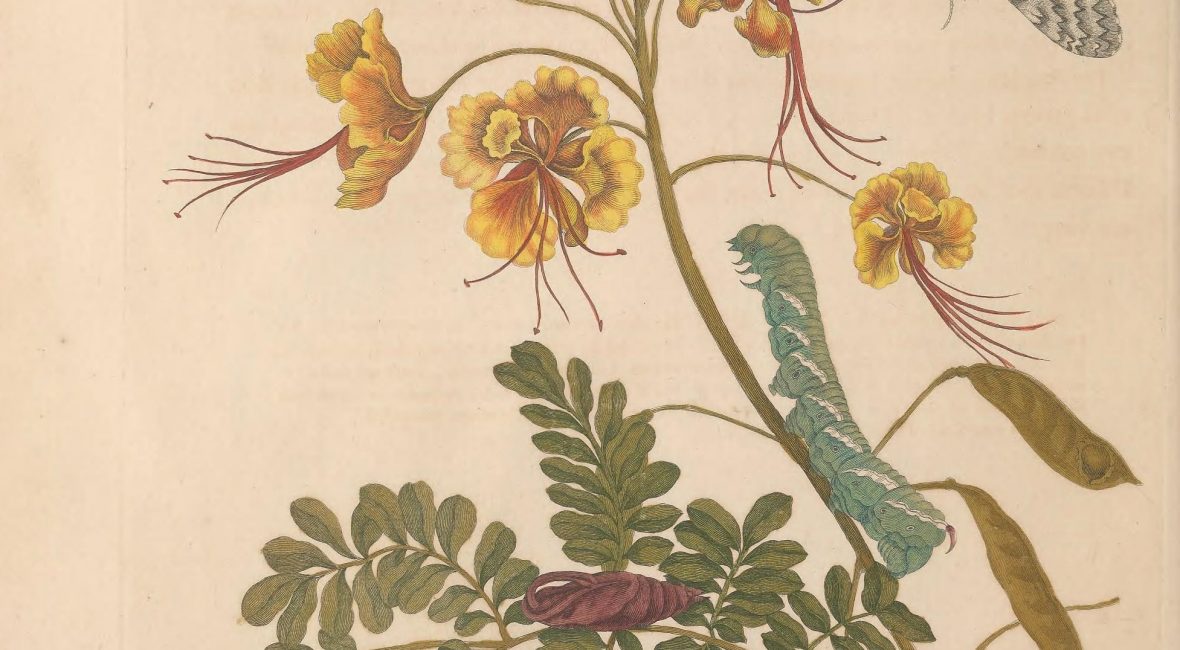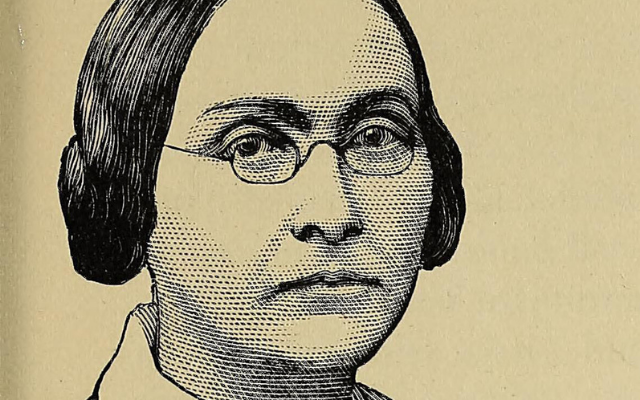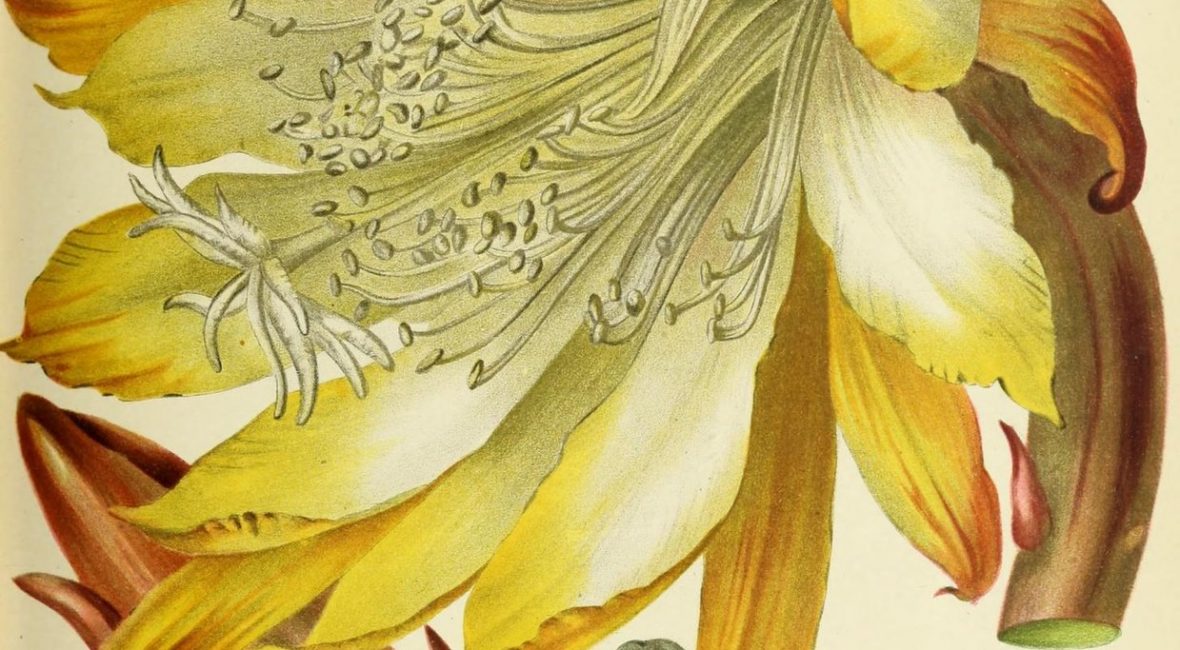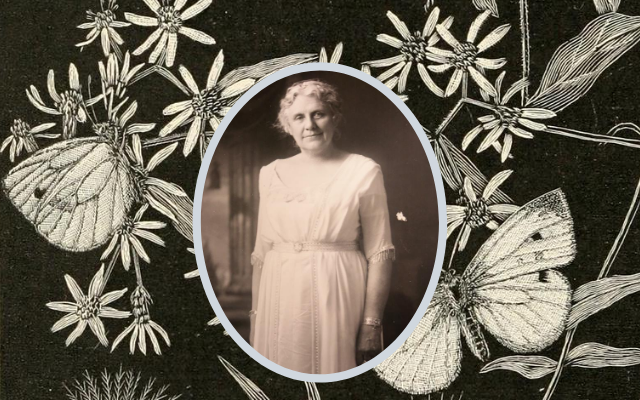Three hundred and seventy-four years ago on 2 April 1647, a remarkable woman was born: the artist and naturalist Maria Sibylla Merian. In the 17th and 18th century world of male-dominated science, Merian had to fight for her place in the natural sciences. Against all odds, she became a trailblazer, especially in developmental biology.
Merian’s legacy was recently explored during a 4-week student-project at the library of the Museum für Naturkunde in Berlin. The project was part of a master’s program for the University of Applied Science in Leipzig to enlarge the student’s experience in the historical holding field and give a glimpse into the planning and conducting of a project. The aim of the project itself was and is the digitization of two different editions of Merian’s work Metamorphosis insectorum Surinamensium as well as a restorative and provenance research summary about the volumes. Both editions show Merian’s talent in painting and observing insects and plants.













